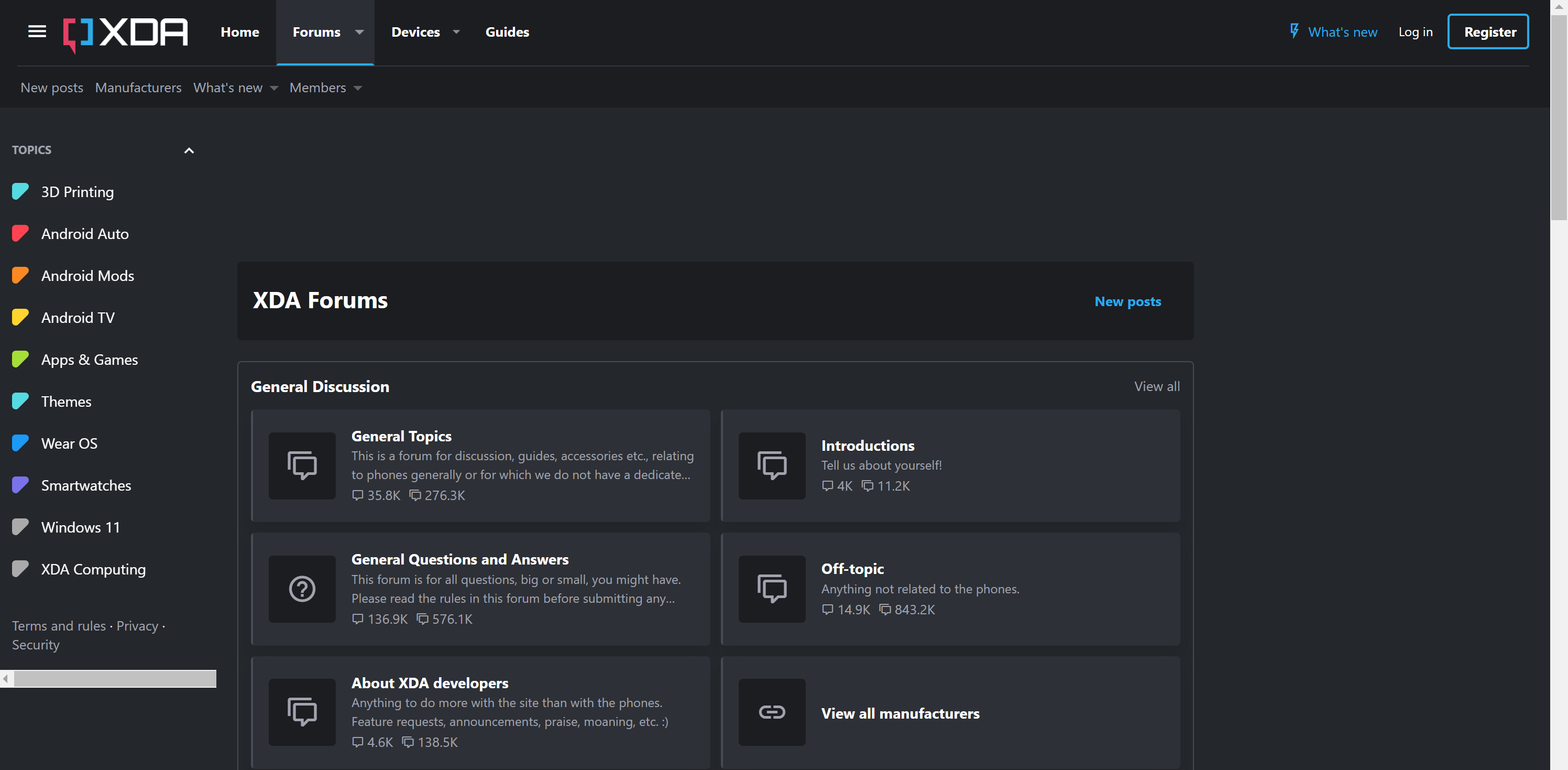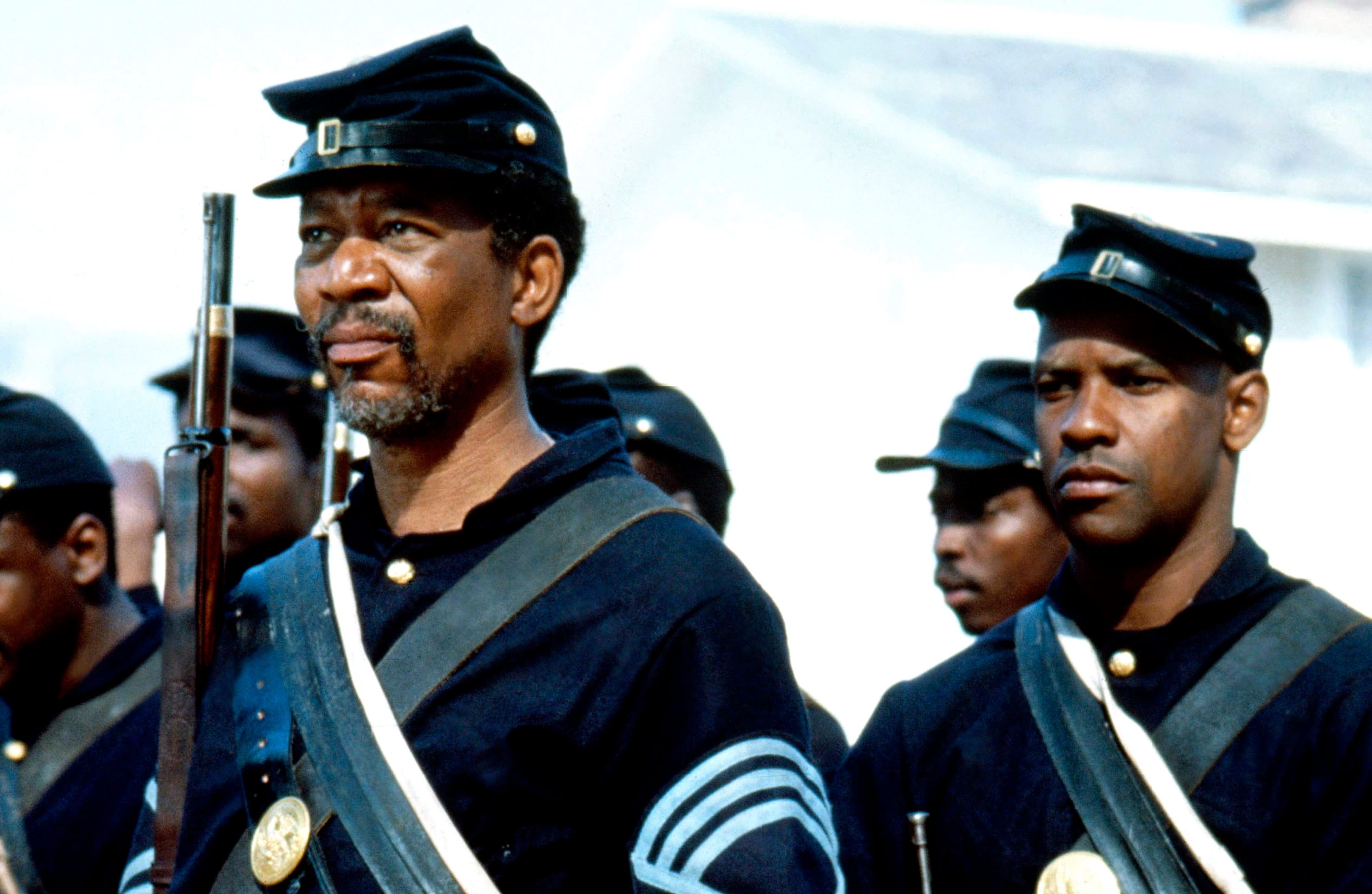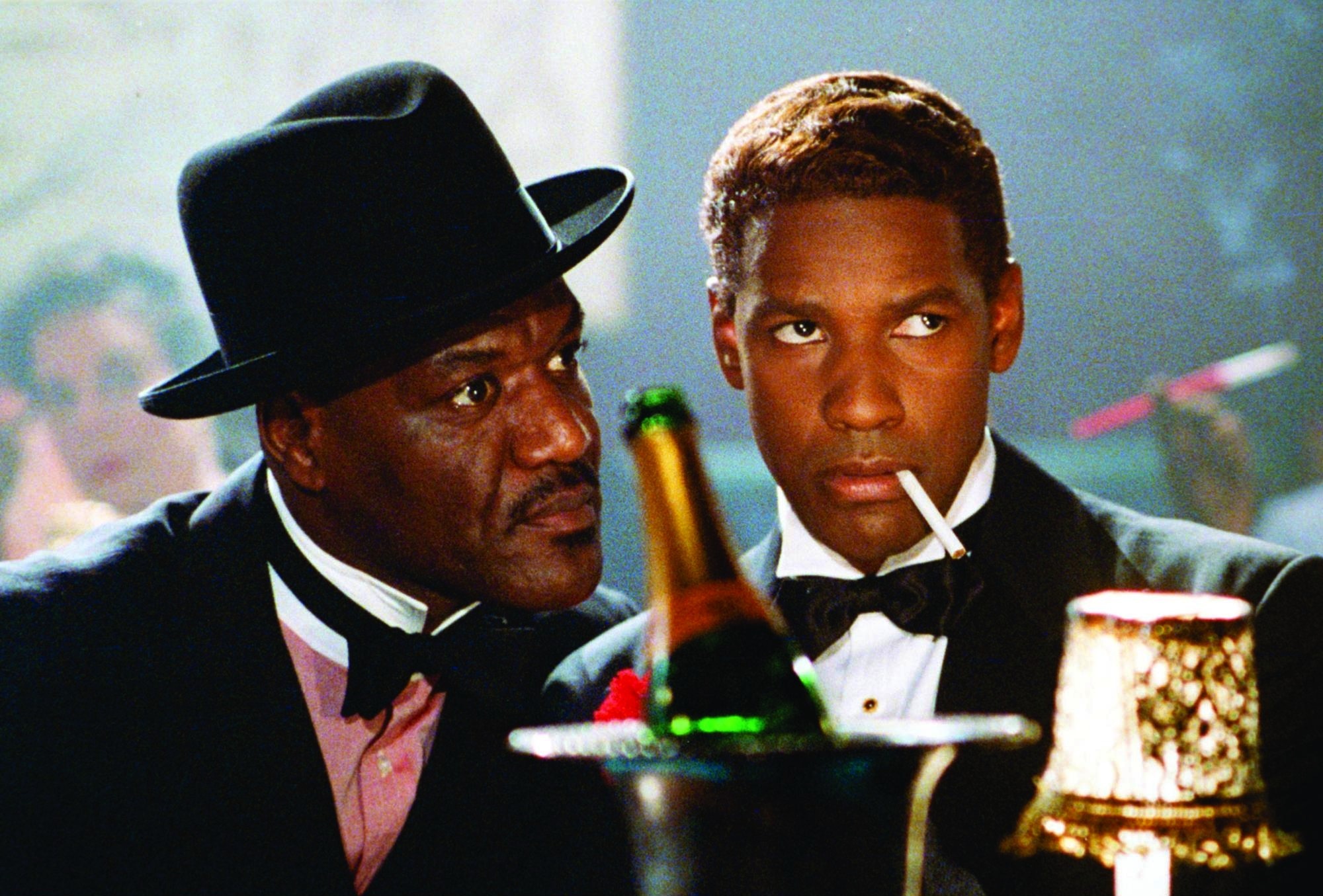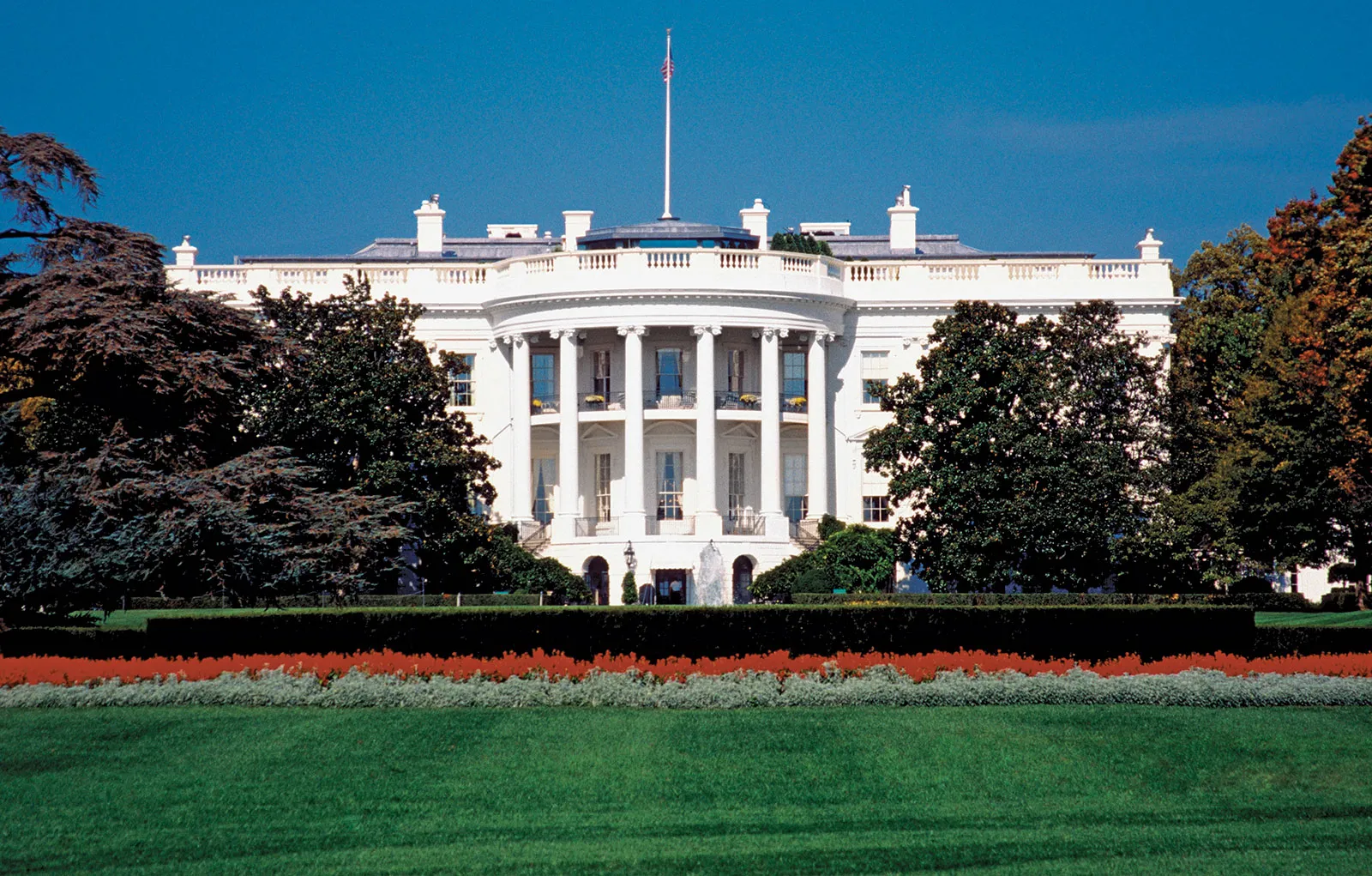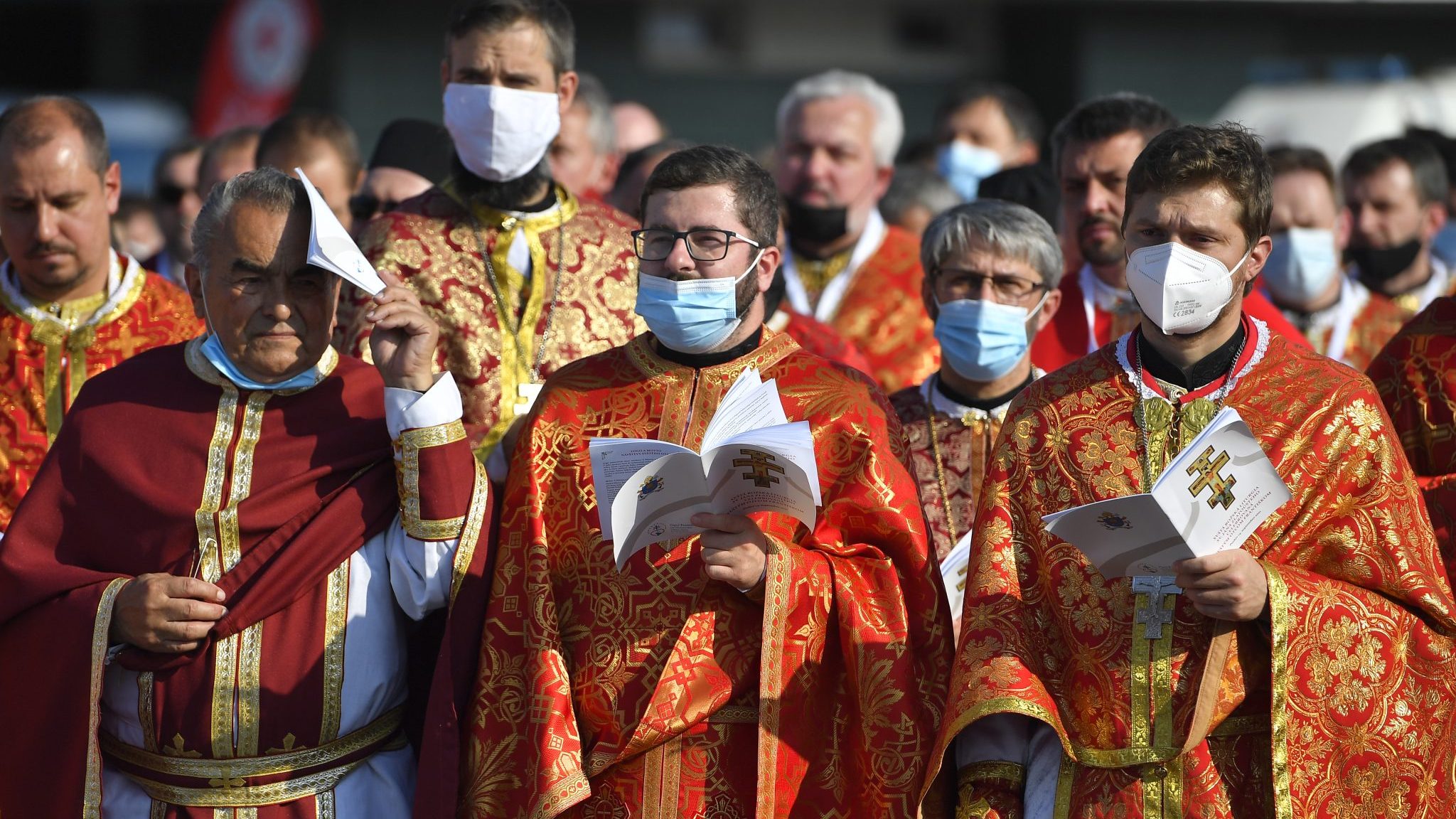
The ban on the Catholic Church in England can be attributed to several historical and political events:
English Reformation (16th century):
The English Reformation, initiated by King Henry VIII in the early 16th century, was a key factor in the separation between the Catholic Church and the Church of England. Henry VIII sought an annulment of his marriage to Catherine of Aragon from the Pope, but when this was denied, he broke away from the authority of the Catholic Church. The Act of Supremacy in 1534 declared the English monarch as the Supreme Head of the Church of England, formally severing ties with the Catholic Church.
Dissolution of the Monasteries:
During the reign of Henry VIII, the Dissolution of the Monasteries (1536–1541) took place. Monasteries and convents were dissolved, and their lands and wealth were confiscated by the crown. This further weakened the influence of the Catholic Church in England.
Elizabethan Religious Settlement (1559):
Queen Elizabeth I, the daughter of Henry VIII and Anne Boleyn, continued her father's policies. The Elizabethan Religious Settlement, established through the Act of Uniformity in 1559, enforced Protestantism as the official religion of England. Catholics faced persecution, and practicing Catholicism was forbidden.
Related: Top 7 Best Movies About Catholic Missionaries
Penal Laws:
Throughout the 17th century and beyond, penal laws were enacted against Catholics in England. These laws aimed to suppress Catholicism and restrict the rights and activities of Catholics. Catholics were barred from holding public office, practicing their religion openly, and educating their children in the Catholic faith.
Gunpowder Plot (1605):
The Gunpowder Plot was a failed attempt by a group of Catholics, led by Guy Fawkes, to blow up the Houses of Parliament and assassinate King James I. The discovery of the plot led to increased persecution and suspicion of Catholics in England.
English anti-Catholicism was grounded in the fear that the Pope sought to reimpose not just religio-spiritual authority but also secular power over England, a view which was vindicated by hostile actions of the Vatican. In 1570, Pope Pius V sought to depose Elizabeth with the papal bull Regnans in Excelsis, declaring her a heretic and dissolving Catholics' duty of allegiance to her. This engendered a state of war between the Pope and England, escalating to extended hostilities and culminating in a failed 1588 invasion by Spanish forces.
As a result of these historical events and political decisions, the Catholic Church faced suppression and restrictions in England for several centuries. The situation began to change gradually with the Catholic Emancipation Act of 1829, which restored certain rights to Catholics, and subsequent legal reforms that allowed for greater religious freedom in the country./.

